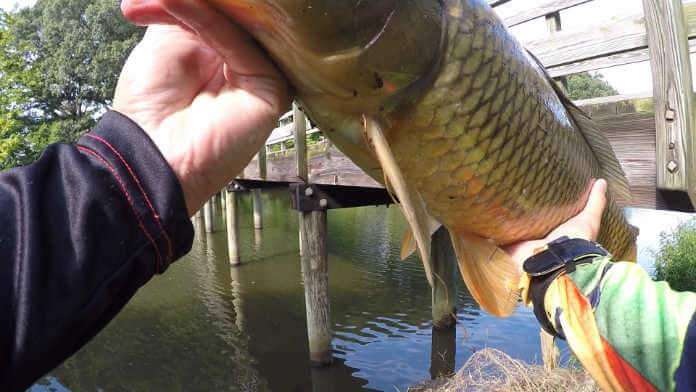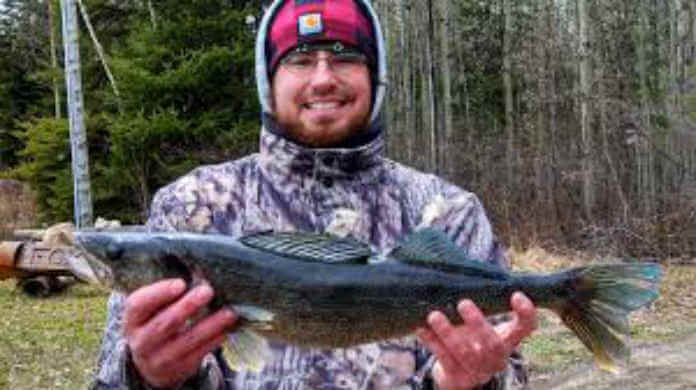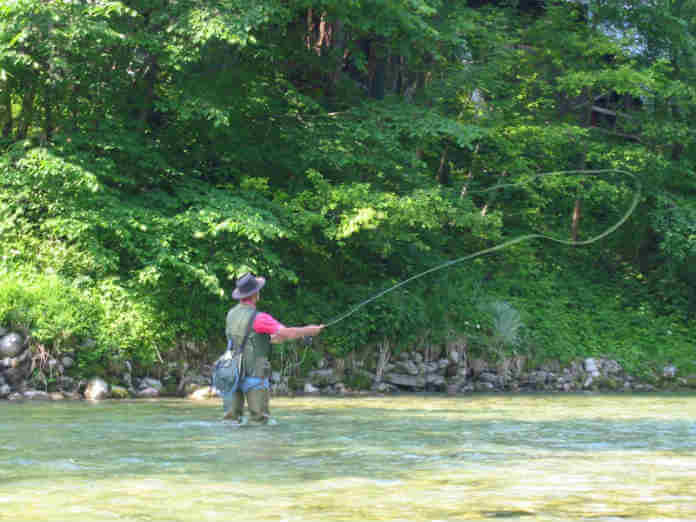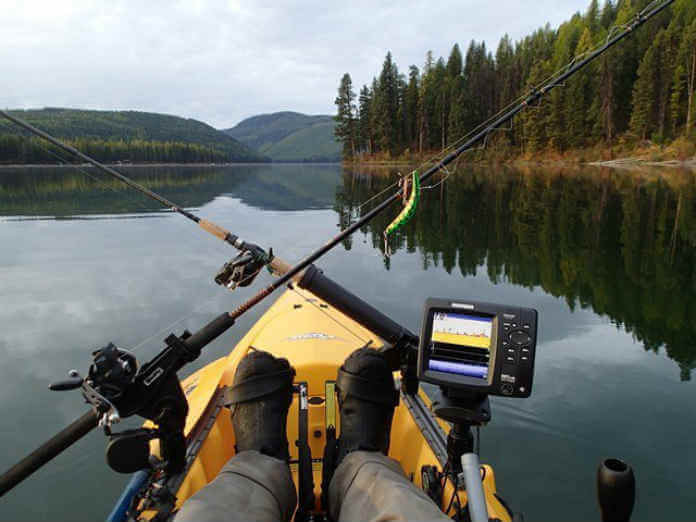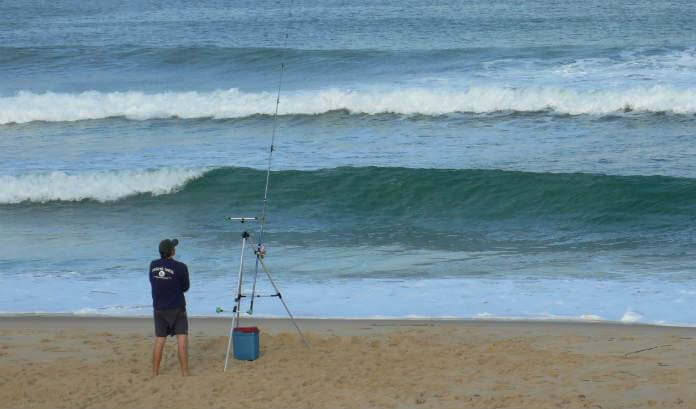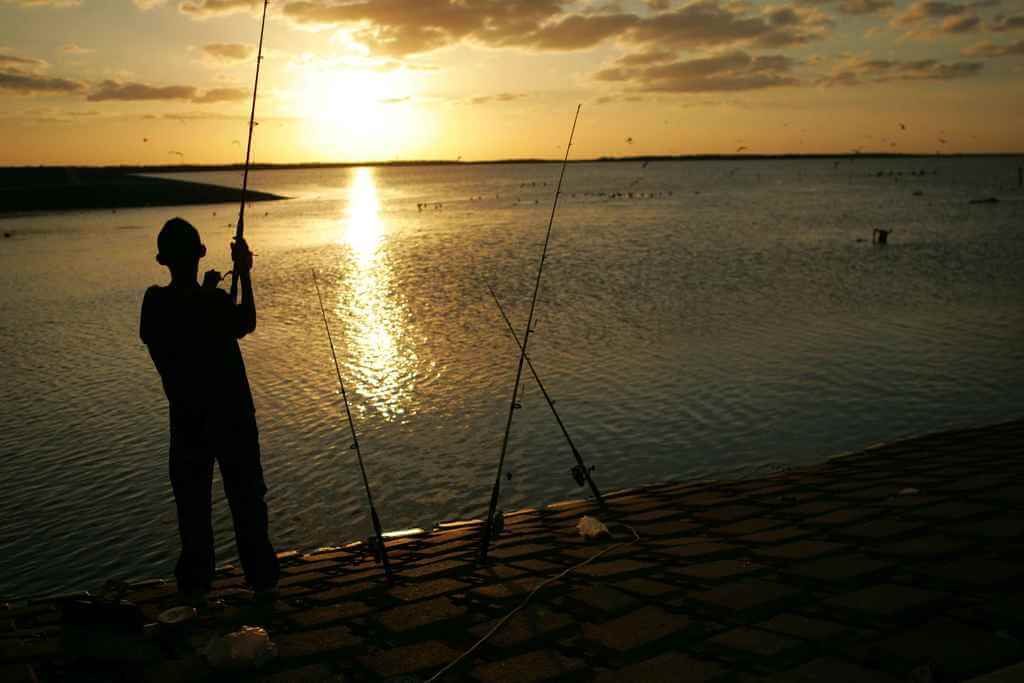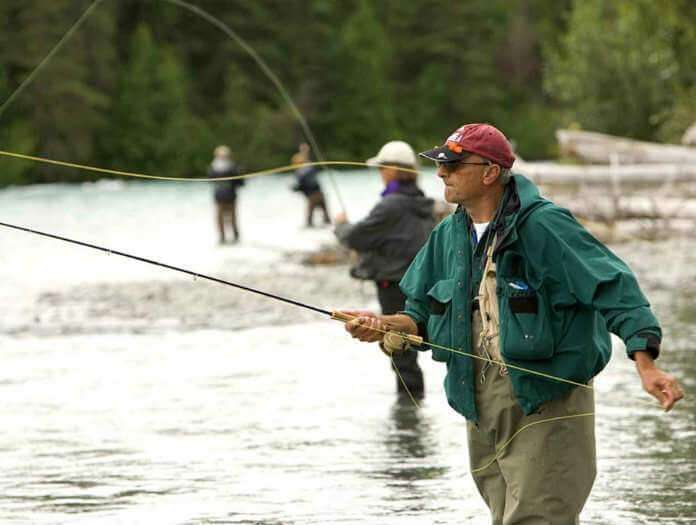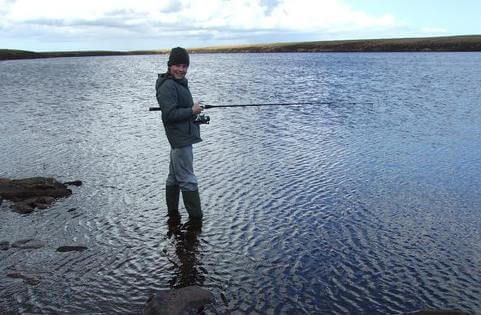Are you tired enough with your routine of fishing and still looking for some exciting one? Carp fishing is the right choice for you! It is because of carp’s playful din fishing that makes it more challenging to do. Knowing the fish itself, its characteristics, and techniques or tactics best for them are the only keys to making carps fishing successful. So here’s how:
How to Fish Carp with Corn
Carp fishing is sensitive and enjoyable in some ways because of the carp’s characteristic of teasing up your baits before gulping or biting. So it needs enough patience and serenity while fishing. Even so, a simple fishing technique may be good enough to succeed. Just add a bit of spice to it, like a keen sense of observance and intelligence. It will do more actions in fishing.
Contents
Carps are freshwater fish that usually go to schools. It needs a unique style in fishing that was a bit popular before, but recently its name’s making noise and loved by some anglers in the fishing world. They are “corn lover fish,” so it is best to use sweet corn kernels as baits. Even if it’s fresh straight from the can, its salty-sweet flavor attracts them. The distinctive taste of corn itself makes it excellent food and baits for carp. Its yellow color makes it more attractive and brings cravings to carps in fishing. But you could still experiment on some other possible bait for them during fishing.
With your corn kernels or some other baits, you can try to add more salt and spices such as chilies to add hot kicks since carps are fascinated with it sometimes for a change. This simple technique is not that expensive to try because these could win the heart of carps too!
Baits must be with the right line, rod, and hook for a perfect fish. You must also consider the possible size of the carp when choosing the right equipment to use. Since carps go on schools, try to weigh what rod you could use with your bait. It’s just a matter of estimation and observation while fishing. Like if you think you encounter schools of smaller ones, you better use smaller braided lines too. Aside from braided lines, you can go for a nylon line for the best result with corn baits.
Carps are bottom feeders, but it’s wise to use floats for them to give you a hint if carps are trying to nibble or play with your corn baits or not. Aside from that, floats help you control your hook, or you can have complete control over your baits and the fish, of course. Carps are sensitive with bigger hooks. They usually tease your baits before going for a bite. They are wise and sensitive with it, so they better use smaller hooks which they can’t see or be aware of.
Its abundance in freshwaters makes them more fun and exciting to fish, especially in still waters with covers such as ponds or lakes with easy access for feed. Even though they are considered bottom feeders, they sometimes go on shallows to be fed, too, where there is much vegetation, such as algae and weeds. So it is wise to look for some areas of the waters with covers to fish and catch.
Be alert and sensitive while fishing. Carps are so wise sometimes to leave you run out of baits anymore. It is because they tend to run away with your baits without you noticing it; they are sensitive on hooks. They usually avoid it when they see one. So sometimes tricks on fishing best be done for them for a catch.
Tricks can do magic. Anglers sometimes use lines with two or three hooks on them. They try to put bigger hooks on the upper side of the line over one or two smaller hooks on it. It is to lure carp to catch. This trick is called the 3-way hook technique.
Pre-baiting with corns could be considered too! You can use corn kernels spread all around the area where you cast to let you know if carps are for feeding or not. If not, better leave that area and look for other areas to fish.
Aside from corn baits, you can also use other baits with strong taste and smell on waters such as bread crust, cat or dog biscuits or pellets, and even chunks of meat will do.
How to Fish for Carps in a River
When you can come upon areas with schools on rivers, still, you shouldn’t go and cast around it. One technique is to be used since rivers do flow, and carp tend to manage river currents while feeding. The best way to do this is to cast and go with the current flow, not scare them away.
On rivers, carp tend to fly on waters while feeding. So you can hear the slurps from them. They usually do this over those floaters on a bush, several stalks on waters. Mind you guys, be aware of those fish crashes because there is an excellent possibility of having a school of carp on it.
Takes can come very quickly on rivers. So better be keen enough to notice a bite. Learn to be watchful along the way and to lessen the loss of hooks and baits when in action. Sometimes anglers use nets to catch and get carps on hooks and in water to ensure not to lose the fish.
Carps sometimes, maybe around the corner or just under your feet. Why? Sometimes later during the day, carps tend to go on surfaces trying to get those discarded baits by anglers, in river edges, or bank yard itself. Bigger carp might be caught during this time. Better watch out for these folks.
Sometimes it is best to go boating around it on flowing waters such as rivers, just like patrolling or stalking carps. By doing these, you can develop an area wherein schools of carps could be intact and make it easy for you to fish. Locating and stalking carps are done for big success on river fishing.
Constantly be reminded that river carps are more active compared to still water carps. It is simply because they are trying to cope and adjust to the current. That’s why it’s more productive to fish on rivers because they tend to feed more for energy. But guys, it is not easy for you because the carps are furious and wise too on rivers.
Its unique teasing style of feeding over river currents makes it more exciting and adventurous for anglers to fish.
It is not wise to fish in areas where you can see carps flying or jump out of the water. Why? It is simply because you’re not sure if they are still interested in feeding or not. It is still good to fish on areas with vegetation or areas with coverings such as lily pads or plenty of food sources for them to feed.
You can also use those artificial shelves to stay with plenty of foods such as algae on it where they can gather all together as a school for a better fish. You can also try to use snags because it is best to hold food to feed on rivers.
During summer, river fishing is best because carp are best seen on rivers by this time. And those overhanging bushes or trees in rivers could be the best spot to fish. You can also look for areas wherein rivers, and other water bodies like seas meet up. It is because here, the current tries to move and deposit food sources for them to feed. It is best to fish on shallow areas with lily pads or weed beds because they try to catch and hold food sources within and in a place where carps are tempted to go, making them easy to fish.
It is most likely to know what areas to fish in in carp fishing than learn how to fish. You can go on for simple corn bait techniques or those complicated ones on the river for as long as you’re on the right spot or location on it.
Lastly, on river carp fishing, always remember that carps tend to give a good fight, so it is best to discover new ways, tactics, or tricks for you to win.
How to Fish for Carp in Lakes
Carps are the most invasive fish in Asia and many countries. Not to mention those goldfishes that invade even our homes as household pets. They are hard to fish on lakes, but simple tactics can be made possible to be used for as long as you’re patient and calm enough during fishing. Avoid unnecessary noise along the side of the lakes, especially on your scouted spot where to fish.
Always look for covered parts of the lakes with shaded trees or lily pads for more chances of a good catch. You may also look for a flock of ducks on lakes because you can surely spot a school of carps in that area too.
On still waters such as lakes, avoid using shinny and bigger hooks for them to see. They are so intelligent to notice it and swim away with just your bait. These will trigger them to move out or be scared away.
The better choice for the right equipment is not only for the right location for lake fishing. You can try to use an e-glass fishing rod for bigger carp and smaller ones, and of course, sweet corn kernels as your bait.
You can also use or go for floats here if you’re on for bottom fishing. It is used to let you know if carp are feasting over your bait or not. Aside from that, you must also feel it silently if there is a bite or not on your line. Be sensitive, too, and avoid making any unnecessary noise around while fishing in order not to scare them away. This technique also could help you determine and control the depth of your hook. You could also possibly add weights under your float to make sure your hook reaches the bottom while doing bottom fishing.
Carps tend to go on shallow water areas to feed in hot seasons and more on the bottom during cold seasons.
If you see a school of carp in your spotted area, don’t try to cast your line directly on top of them. This might scare them away. Better use the “lift method” to see if carps eat away your bait rather than biting. Locating and stalking too can be used in lake fishing. Medium size hooks are much preferred. You could give fish meal-based baits a chance to use too instead of sweet corn kernels. Also, you can try luncheon meat as bait, too, for a change.
Carps are also known for their fighting ability when fishing. So it is better to use nets with you when fishing and wait for them to be tired first before taking them out of the lakes. Be watchful all the time when fishing. Carp moves slow on cold, still waters such as lakes, so you can quickly notice if they swim away with your bait or not when feeding. So sometimes “pre-feeding” is best done during these times to make sure if carps will go for feeding or not.
Lastly, if you’re out for carp lake fishing, better be always reminded of this 3’R. The right location, the right bait, and the right fishing technique where you can’t go wrong.
How to Fish for Carp in a Pond
How can you fish carp on small waters or ponds this time? Here’s how:
Usually, when you’re talking about ponds with carp, it is associated with well-stocked ponds or water. Always be prepared for a good fight on it. Why? It’s because you can encounter bigger carp here.
Pond fishing could be best done in the early evening, but it could also be better to do it at night. Bigger carp usually tend to move on shallows sometimes because they are attracted to discarded baits that most anglers leave behind. On ponds, carp tend to anticipate their time of feeding, so pre-baiting is best used here.
Pond fishing is just the same as river and lake fishing for carp. But the only difference is that its products and, of course, have bigger carp on it and are much easier to fish. The best time to fish is early mornings till dawn.
So guys, if you’re dreaming of fishing carps, Go get it on! You’re now ready and happy fishing!
